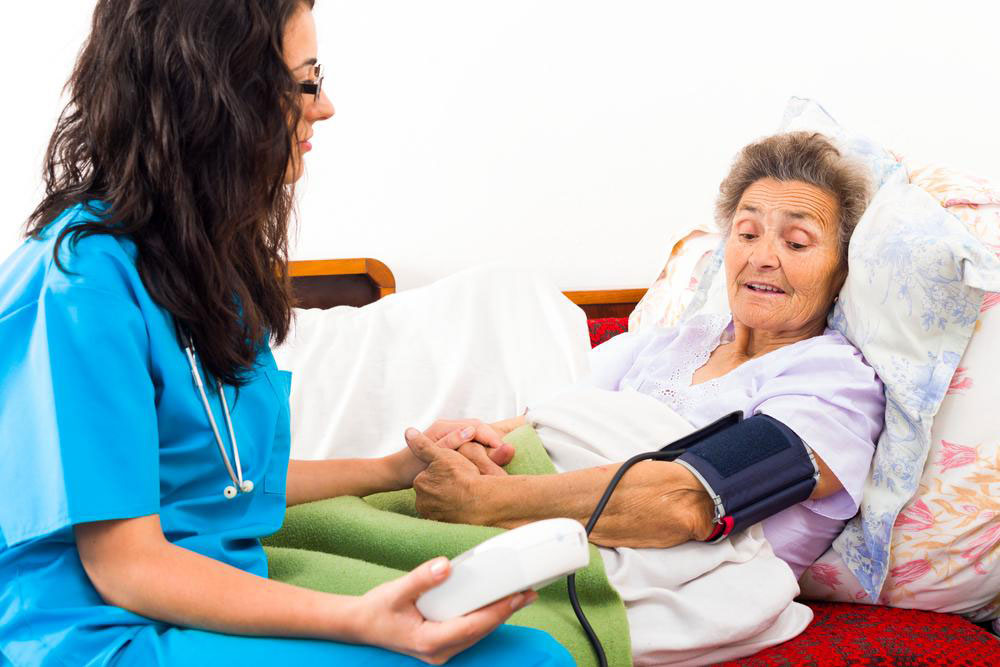Stages, diagnosis, and prevention of Parkinson’s disease
Parkinson’s disease affects the nervous system. Some of the common symptoms of this disease include rigidity in the muscles, slowing down of movements, stooped posture, and hand tremors, among others. Parkinson’s disease sets in at different stages of a person’s life. Let us understand more about this disease to keep you informed.
Stages
Here are the five stages of Parkinson’s disease:
- Stage 1
The first stage of Parkinson’s disease has very mild symptoms.

The symptoms increase at this stage. Patients experience more tremors and stiffness. Also, the symptoms may extend to both sides of the body.
Stage 3 sees the worsening of Stage 2 symptoms. An additional symptom is that at this stage the patient begins to lose balance. But they can still live by themselves.
A patient with Stage 4 Parkinson’s does not have the capability to live by themself. They might require assistance to move around.
This is the most severe stage of Parkinson’s disease. A patient suffering at this stage cannot even stand on their own. They may even suffer from hallucinations and dementia. Patients can only move around in a wheelchair and require supervision and round-the-clock care.
Diagnosis
There are no specific medical tests for the diagnosis of Parkinson’s disease. The disease is diagnosed through a thorough evaluation of your medical history as well as an examination of your symptoms. In addition to this examination, your doctor will also have to rule out other diseases. For this, your doctor will conduct a range of tests including CT scans, blood tests, and MRI scans. These are done to ensure that your symptoms are not caused by other diseases. The diagnosis of Parkinson’s disease is a slow and gradual process. You may require several visits to the doctor and neurologist to get the correct diagnosis.
Prevention
There are no known cures for Parkinson’s disease. Managing the symptoms is a top priority. However, some research does indicate that we can prevent Parkinson’s disease. So, let us take a look at some of these effective tips:
- Eat nutritious food
Certain studies show that consuming folic acid can lower your chances of getting Parkinson’s disease. Folic acid is found in spinach, asparagus, and broccoli. Certain other studies show that an increased intake of vitamin D also helps in preventing Parkinson’s disease and dementia. - Increased intake of green tea
Green tea has a healthy impact on dopamine, which helps to promote healthy brain function. Additionally, green tea is also known to be anti-inflammatory in nature. - Exercise frequently
Studies show that frequent exercise is good for physical health as well as mental health, thus resulting in the overall well-being of an individual. Exercise has also known to lower the risk of Parkinson’s disease.




